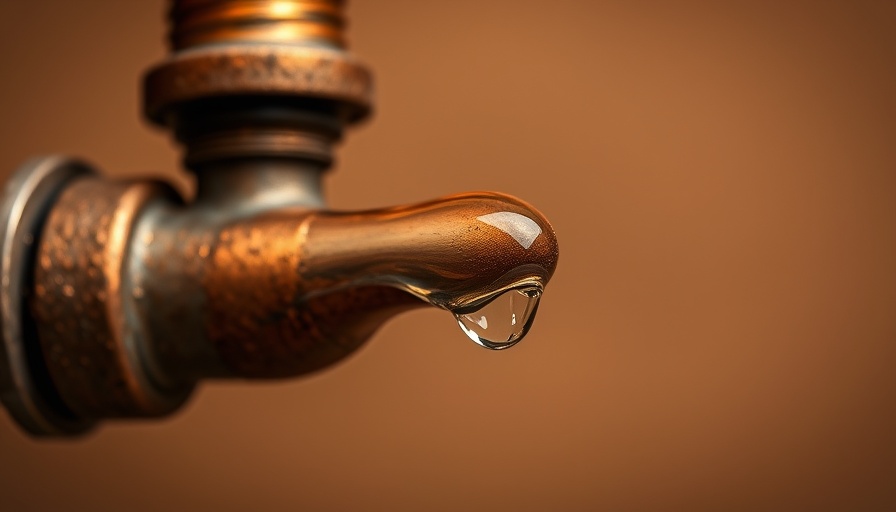
Understanding the Risks of a Burst Pipe: What You Need to Know
A burst pipe can be a homeowner’s worst nightmare, particularly in colder months when the water in pipes is more prone to freezing. Not only can it cause immediate disruption due to water flooding your home, but it can also lead to extensive damage that can take weeks to repair. Understanding the mechanics behind why pipes burst can guide homeowners in preventive measures, especially in winter weather when frigid temperatures put pipes at risk.
Key Steps to Take Immediately After a Burst Pipe
When faced with a burst pipe, acting quickly is crucial to mitigate water damage. Here is a detailed outline of the immediate steps to take:
- Shut Off the Water Supply: Locate the main water shut-off valve in your home and turn it off. This is the first and most critical step to prevent further flooding.
- Open Faucets: Once the water is shut off, open your faucets to drain any remaining water in the pipes and relieve pressure.
- Clear Out the Water: Using mops, buckets, or a shop vacuum, start cleaning up as much water as possible. The sooner you remove standing water, the less likely it is for mold and other damage to occur.
- Heat Up Vulnerable Areas: If there are areas with exposed pipes, such as in basements or exterior walls, use fans or space heaters to warm the area and prevent further freezing.
- Utilize Insulation: For better protection going forward, wrap vulnerable pipes in insulation materials to prevent freezing in future cold snaps. This preventive action is part of essential home maintenance.
The Importance of Maintenance and Preventive Measures
Understanding handyman tips can help you maintain your home’s plumbing system. Regularly check for signs of wear and tear on pipes, and consider insulating any vulnerable areas, especially in regions where freezing temperatures are common. These practices not only protect your home but also save you money on costly repairs in the future.
DIY Methods to Temporarily Fix a Burst Pipe
If you are in a situation where immediate professional help isn't available, there are several DIY methods you can use to temporarily fix a burst pipe:
- Rubber and Clamp Repair: Place a piece of rubber over the burst section and secure it with a clamp. This can hold off further leakage until permanent repairs can be made.
- Wood Block Support: If you don't have a proper clamp, use a block of wood over the rubber patch to distribute pressure. It provides a makeshift fix until a plumber arrives.
- Pipe Replacement: If you're comfortable with DIY projects, cutting out the damaged section of the pipe is an option. Ensure the main supply is off, and use proper tools to make cuts cleanly before attaching a new piece.
Call a Professional When Things Get Complicated
While DIY hacks are useful for temporary measures, sometimes the best option is to call a professional plumber. Expert plumbers can assess the damage, determine the best course of action, and provide you with a long-term solution to prevent future incidents.
Conclusion: Be Prepared, Stay Safe
Dealing with a burst pipe can be overwhelming, but knowing what to do in those crucial moments can save you time, money, and stress. Always keep emergency contact numbers handy, along with knowledge about your home’s plumbing setup. Incorporating handyman tips into routine maintenance will further protect your home and keep you worry-free. Prepare today to avoid the panic of tomorrow!
 Add Row
Add Row  Add
Add 



Write A Comment